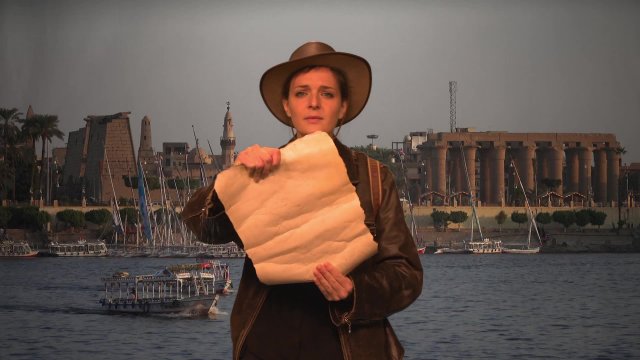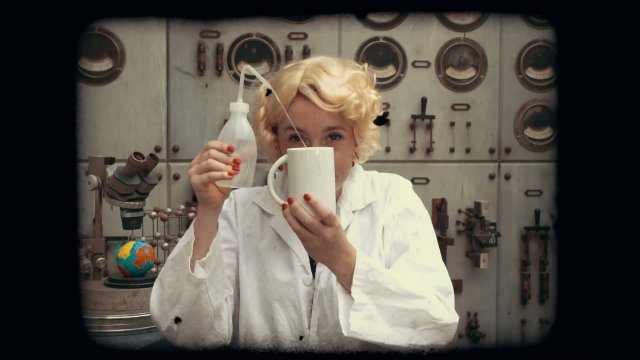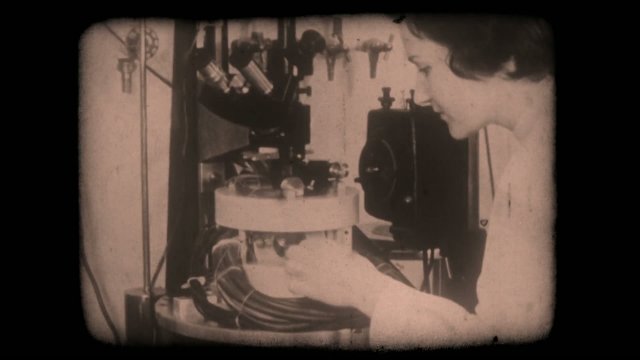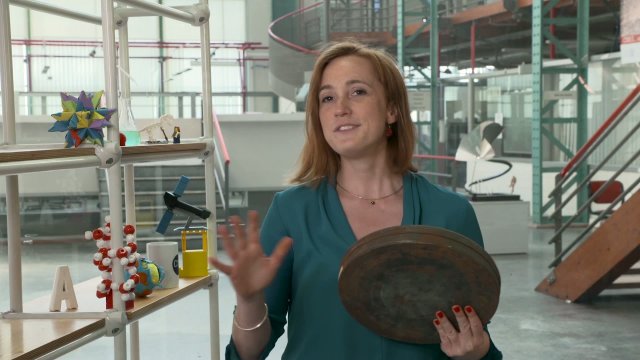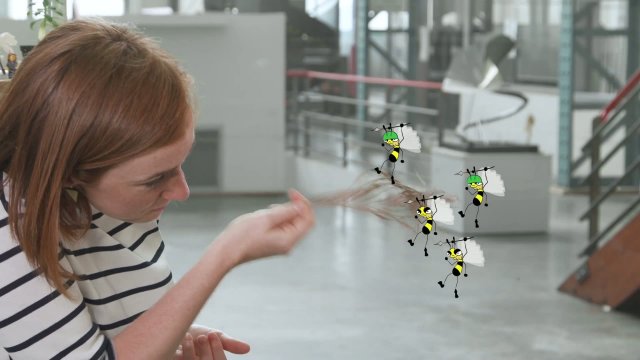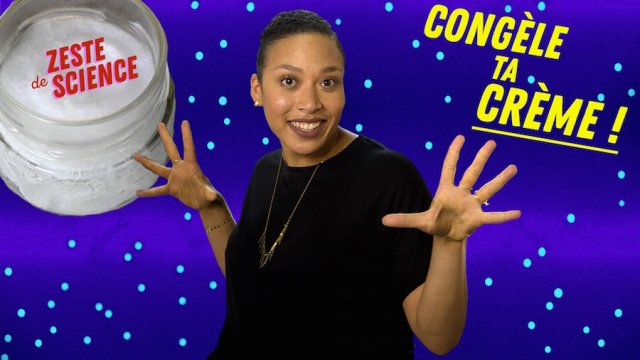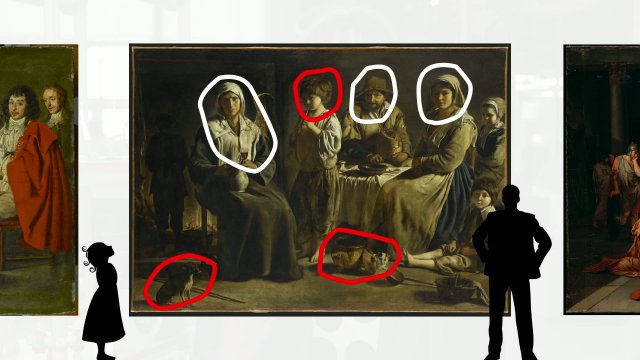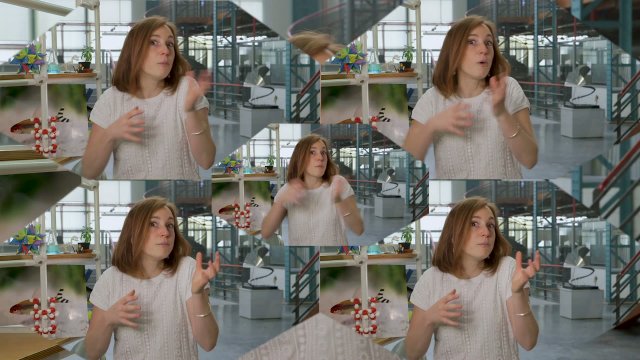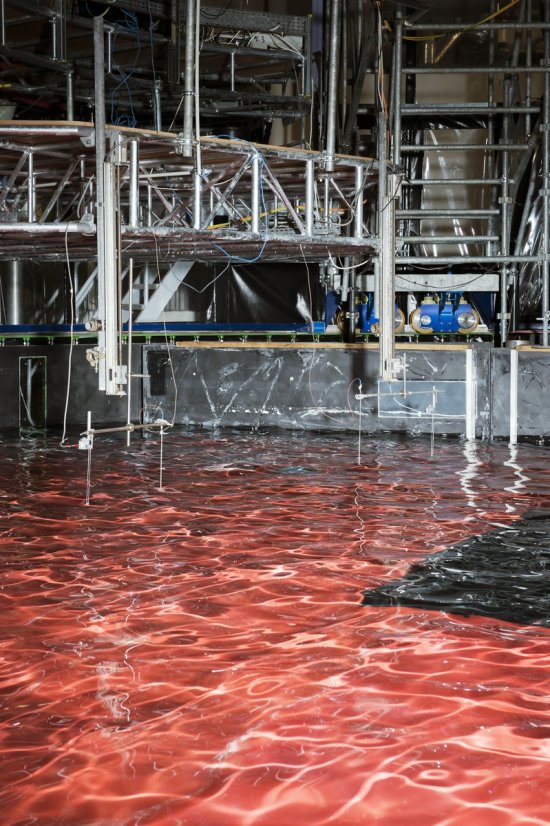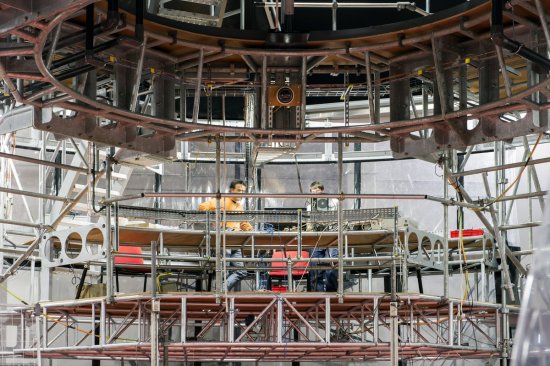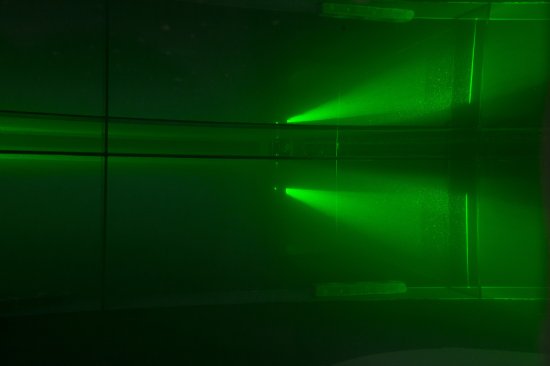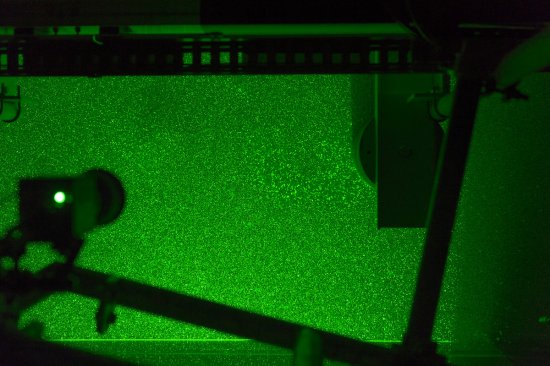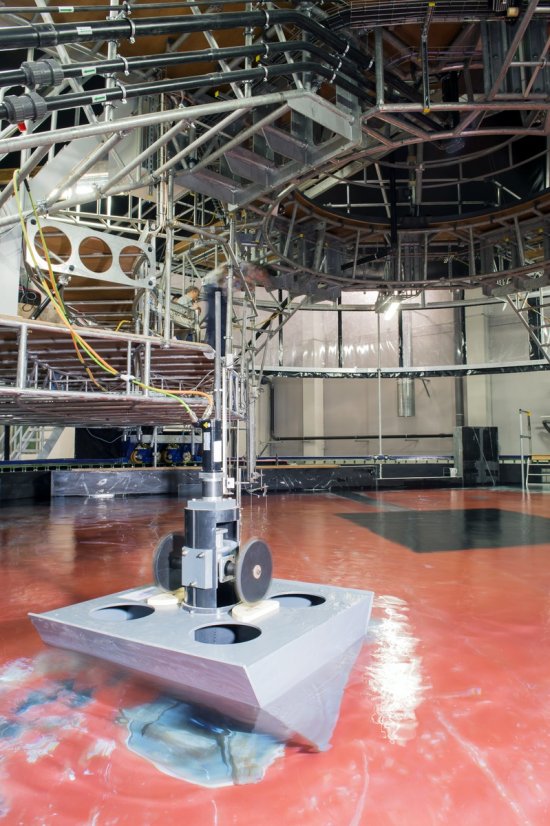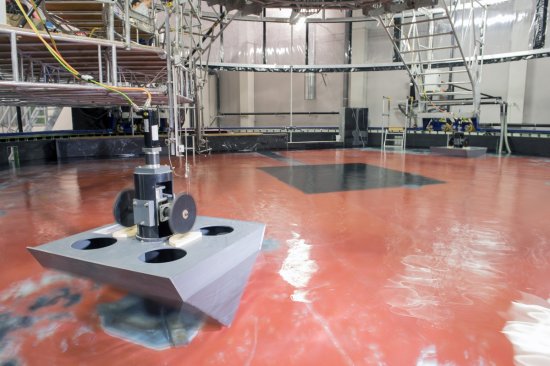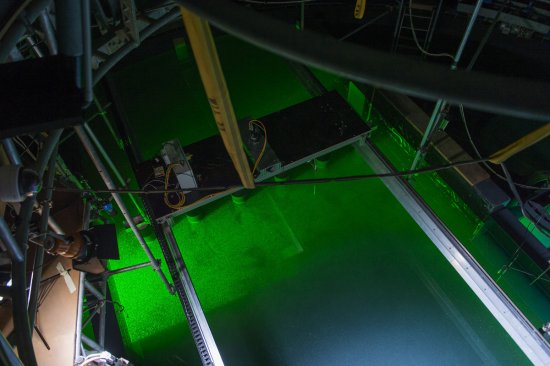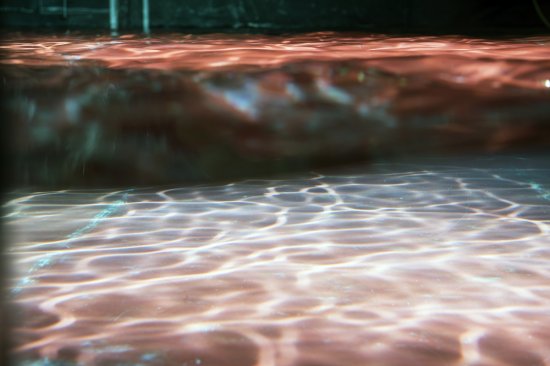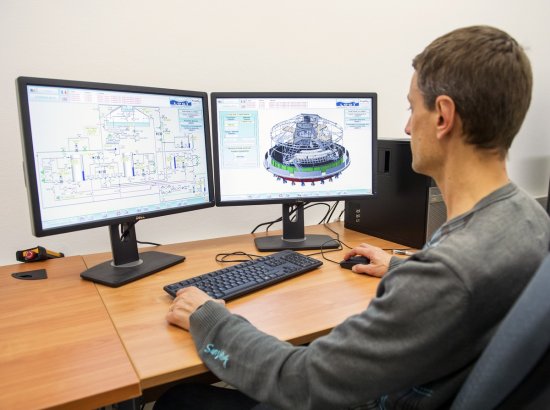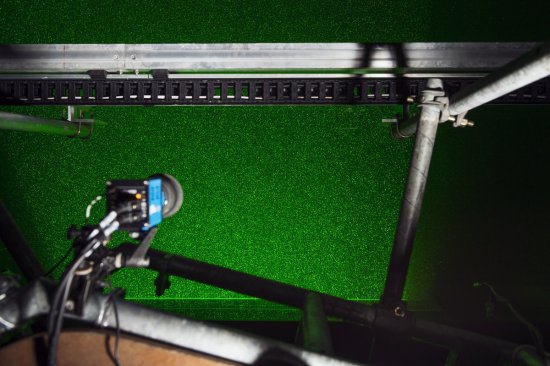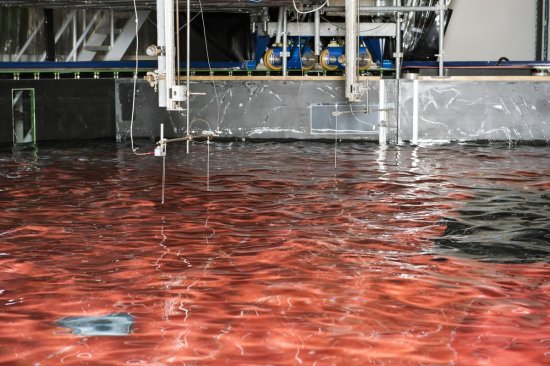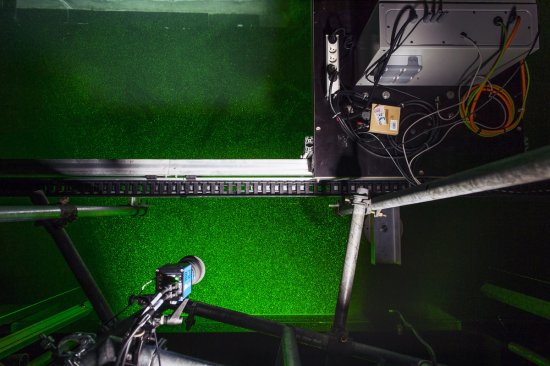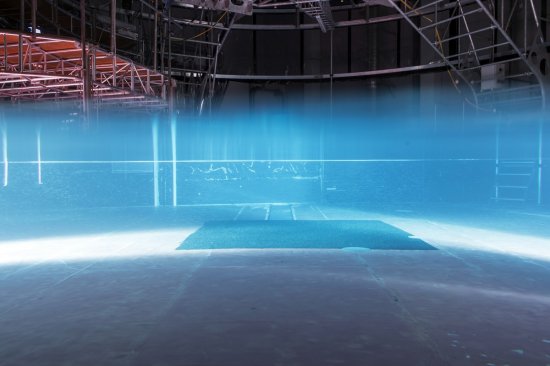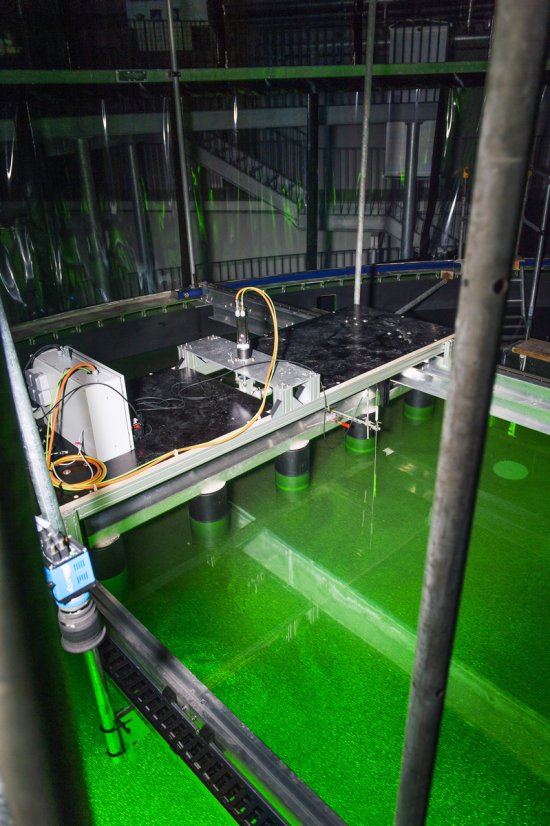Only available for non-commercial distribution
Pas de cession par extrait
© CNRS - 2019
Reference
6765
Destination Jupiter ZdS#29
Series title
Zeste de scienceThe Youtube channel Zeste de science explores all aspects of scientific research, proving that even the most complicated scientific facts can be explained in less than 5 minutes, and that even the most seemingly trivial events of everyday life, if thoroughly studied, can contribute to the biggest technological advances.
Episode 29: Jupiter is a gas giant planet with a mass 1300 times that of the Earth. In 2011, the JUNO space probe was sent into orbit around Jupiter to photograph and take various measurements. However, due to the extreme temperature and pressure conditions, it is currently impossible to study the interior of Jupiter, or even to make out what it is like. Researchers at the IRPHE institute (Institut de Recherche sur les Phénomènes Hors Equilibre/out-of-equilibrium phenomena research institute) are interested in the mechanics of the rotating fluids on the planet to understand what is happening inside and beneath its clouds. Thus, the scientists recreated a jovian-like environment in their laboratory. The apparatus consists of a cylindrical Plexiglas tank which can hold 800 litres of water. It is topped by a camera that will observe and capture all the movements on a laser plane. The movements are made visible using pumps located under the tank which move the numerous floating reflective balls illuminated by the laser. This is the PIV (Particle Image Velocimetry) method and the experiments have several goals. They provide researchers with information on the components needed to form the bands of Jupiter, determine how deep these extend into the planet, and find out whether their shape, position and direction remain constant in time.
Duration
Production year
Définition
Color
Sound
Version(s)
Original material
The use of media visible on the CNRS Images Platform can be granted on request. Any reproduction or representation is forbidden without prior authorization from CNRS Images (except for resources under Creative Commons license).
No modification of an image may be made without the prior consent of CNRS Images.
No use of an image for advertising purposes or distribution to a third party may be made without the prior agreement of CNRS Images.
For more information, please consult our general conditions
